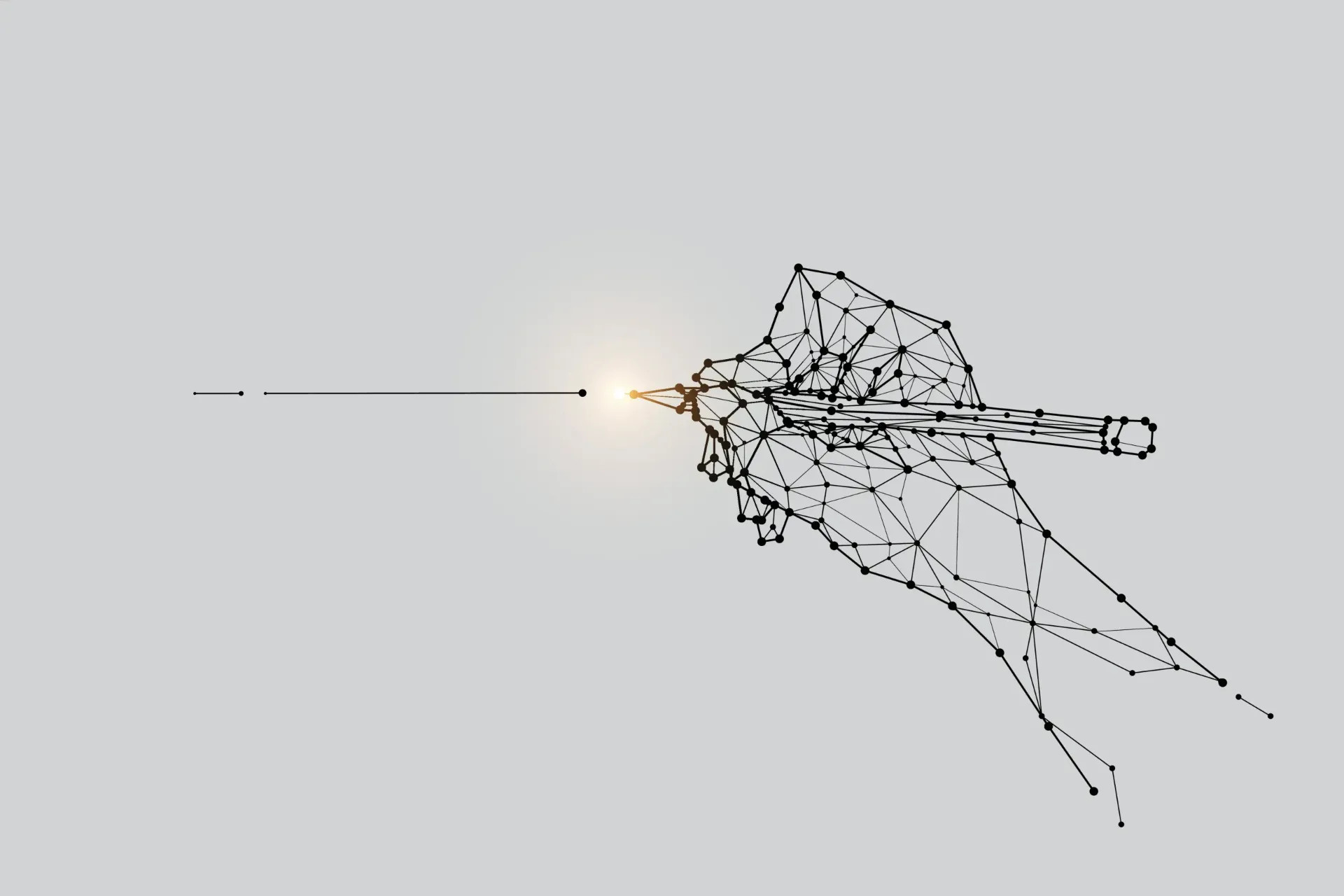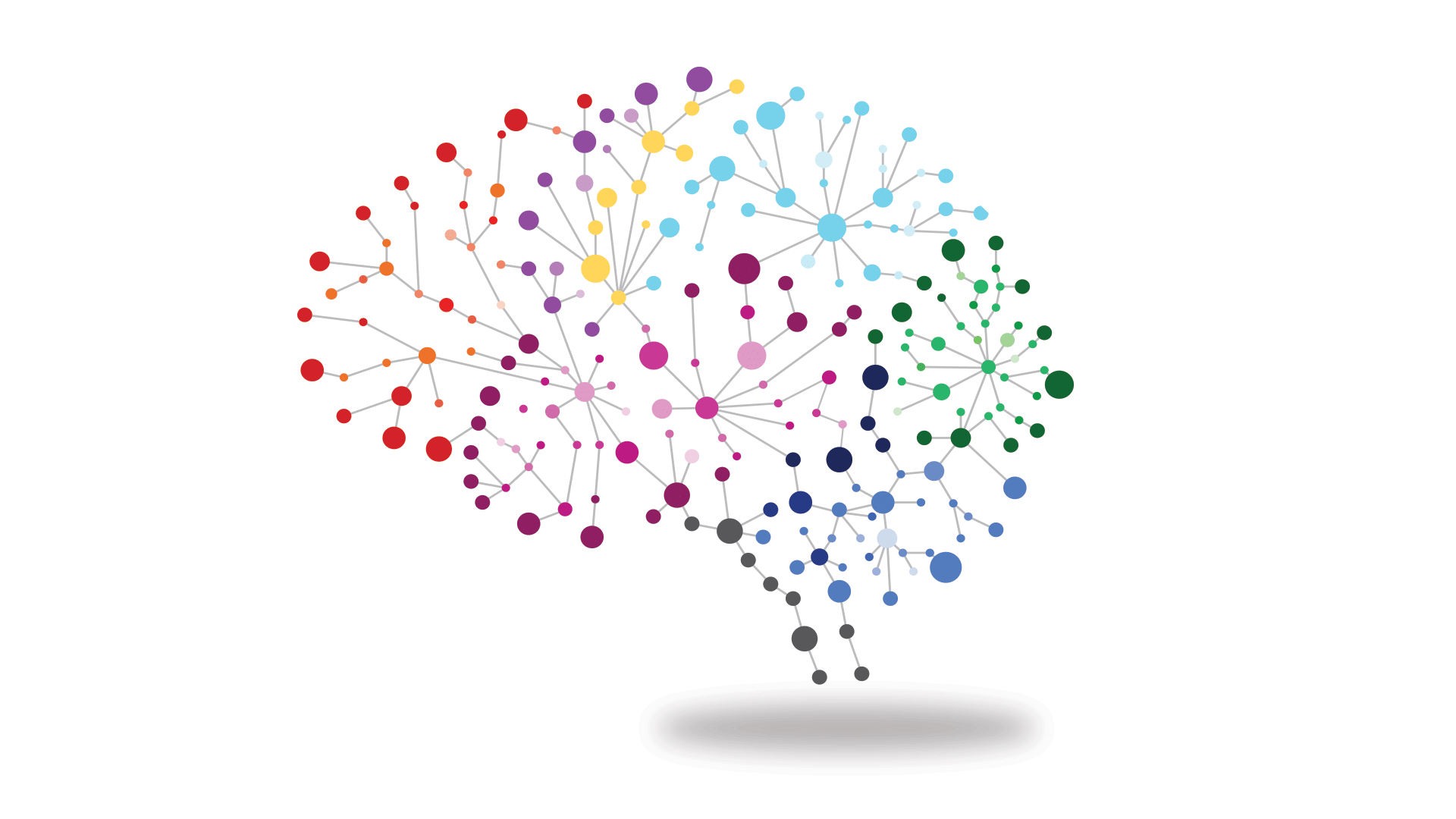Your Brain Wants Less Friction
How to Automate Smart with Zapier (or Any No-Code API Tool)
Modernizing your marketing doesn't have to start with a tech stack overhaul. In fact, your brain and your team might prefer you start smaller.
That's where Zapier (or any no-code API connector) comes in. Think of Zapier as a bridge between tools. It listens for one thing to happen, then makes something else happen automatically. No engineering ticket required.
This article isn't really about Zapier. It's about giving your marketing brain what it craves: less cognitive load, more flow. Neuroscience tells us that the brain's executive function-the part responsible for strategy and decision-making-gets depleted by repetitive, manual tasks. Automation gives that energy back.
So whether you use Zapier, Make.com, Workato, or something else, the principle is the same. Simplify the system so your people can think more clearly.
Here's how to start layering intelligent automation into your AI-powered marketing workflow without disrupting your entire organization.

Phase 1: Foundation Building with Automation
Goal: Audit systems, align content, and prep tools for scale.
Toolchain Audit: Connect Google Analytics, HubSpot, and Salesforce to automatically populate a Notion or Airtable dashboard for martech stack auditing.
Content Inventory: When a blog is published (via CMS or Google Docs), Zapier logs it into an Airtable sheet and notifies your team via Slack.
Example Zap:
Blog post tagged "AI in Imaging" → logged in Airtable → Slack alert → auto-send to MarketMuse for analysis.
Phase 2: Intent-Driven Content and SEO Activation
Goal: Align AI-generated content with healthcare search behavior.
Frase.io or Clearscope to Project Management: When a content brief is finalized, auto-create a Google Doc and assign the task in Asana or Trello.
LLM Content Drafting: Trigger OpenAI or Jasper to auto-draft first-pass content from a Frase brief. Route to SMEs for review.
Example Zap:
Frase brief complete → Google Doc created → Task assigned in Asana → SME notified.
Phase 3: Personalized Experiences at Scale
Goal: Engage healthcare buyers based on behavior, not guesswork.
Lead Scoring Triggers: When a lead hits a score threshold in HubSpot or Salesforce, Zapier triggers a personalized Drift message or nurture sequence.
Dynamic Content Delivery: A whitepaper download triggers personalized chatbot logic or a follow-up Synthesia video.
Example Zap:
Lead downloads cardiac imaging guide → Tag in HubSpot as "Cardiology" → Trigger Drift script → Slack alert to ABM team.

Predictive Intent Meets Real-Time Activation
Goal: Respond to buyer intent before they fill out a form.
6sense or Demandbase Signals: When an account shows intent, Zapier assigns a rep in Salesforce, kicks off a Synthesia video request, and emails a tailored CTA.
Example Zap:
6sense flags neurology interest → Salesforce account owner alerted → Personalized video CTA triggered → Campaign manager notified.
Reporting & Compliance Wrap-Ups
Goal: Close the loop with less effort.
Campaign Reporting: Aggregate Clearscope grades, Gong highlights, and email engagement into a Notion or Google Sheet.
Campaign Close-Out: At the end of a HubSpot campaign, export KPIs, archive assets, and assign wrap-up tasks.
Example Zap:
HubSpot campaign ends → Google Sheet updated → Slack summary posted → Asana wrap-up task created.
Final Thought: Your Brain Will Thank You
Marketing teams are overloaded. Your best people are stuck copying data from sheet to sheet, chasing approvals, and manually routing leads. That's not strategy. It's busywork.
Zapier and platforms like it help you reclaim your cognitive energy. They reduce task-switching, speed up cycle times, and make room for the kind of thinking that actually drives growth.
Because modernization doesn't start with software. It starts with simplifying how brains get to do their best work.
Written by Sarah Minella Sugarman, marketing modernization strategist, neuroscience enthusiast, and author of The Lift Lab Blog.